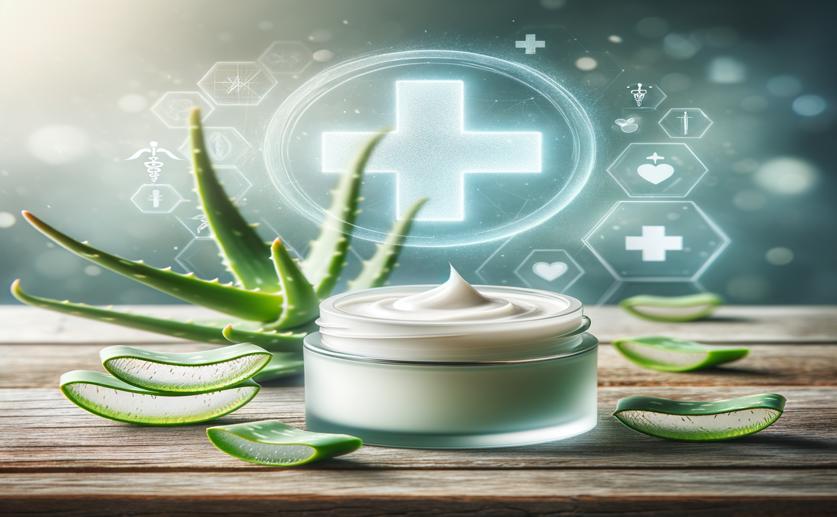
Aloe Vera Cream's Effect on Mild Radiodermatitis in Breast Cancer Patients
Jim Crocker
16th April, 2024

Image Source: Natural Science News, 2024
Key Findings
- In Cordoba University's study, Alantel® cream reduced radiation dermatitis in breast cancer patients
- Patients using Alantel® experienced less disruption to work and hobbies due to better skin condition
- The study suggests natural product-based creams like Alantel® could improve quality of life during radiation therapy
References
Main Study
1) Efficacy of an aloe vera, chamomile, and thyme cosmetic cream for the prophylaxis and treatment of mild dermatitis induced by radiation therapy in breast cancer patients (the Alantel study).
Published 15th April, 2024
https://doi.org/10.1016/j.conctc.2024.101288
Related Studies
2) An Aloe Vera-Based Cosmeceutical Cream Delays and Mitigates Ionizing Radiation-Induced Dermatitis in Head and Neck Cancer Patients Undergoing Curative Radiotherapy: A Clinical Study.
3) A Chitosan-Coated Chamomile Microparticles Formulation to Prevent Radiodermatitis in Breast: A Double-blinded, Controlled, Randomized, Phase II Clinical Trial.
4) Phase III double-blind evaluation of an aloe vera gel as a prophylactic agent for radiation-induced skin toxicity.
Journal: International journal of radiation oncology, biology, physics, Issue: Vol 36, Issue 2, Sep 1996
5) Chamomile Gel versus Urea Cream to Prevent Acute Radiation Dermatitis in Head and Neck Cancer Patients: Results from a Preliminary Clinical Trial.



 28th January, 2024 | Greg Howard
28th January, 2024 | Greg Howard